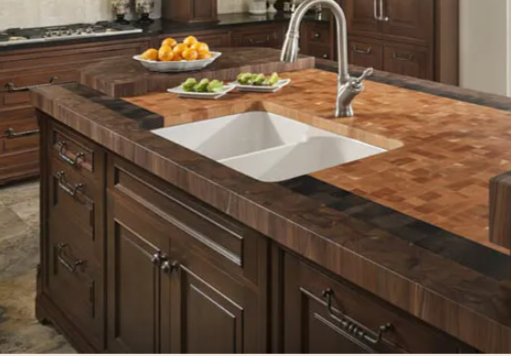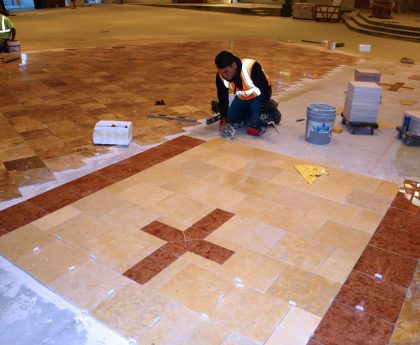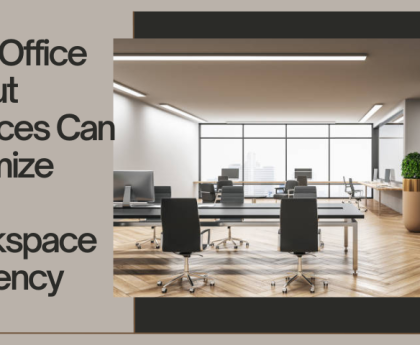In the realm of home design, the bathroom vanity is an essential piece that marries functionality with style. Among the various materials available, butcher block has emerged as a popular choice for bathroom vanities. Known for its warm, natural aesthetic and durability, a butcher block vanity can significantly enhance the look and feel of your bathroom. This guide explores the benefits, considerations, and maintenance of butcher block vanities, providing insights into how this material can transform your bathroom space.
What is Butcher Block?
Butcher block is a type of wood surface made from straight cuts of wood glued together to create a thick slab. It is traditionally used in kitchens for cutting and chopping due to its durability and resistance to knife marks. The wood used in butcher block can vary, with popular choices including maple, oak, walnut, and cherry. Each type of wood brings its unique grain pattern and color, offering a range of aesthetic options for homeowners.
Benefits of Butcher Block Bathroom Vanities
-
Aesthetic Appeal: Butcher block adds a touch of warmth and natural beauty to any space. Its rich, varied wood grains and hues can complement a wide range of bathroom styles, from rustic and farmhouse to modern and minimalist.
-
Durability: Wood, when properly treated and maintained, is a durable material that can withstand the daily wear and tear of a bathroom environment. Butcher block is particularly robust, capable of enduring heavy use over many years.
-
Customization: Bathroom vanity butcher block can be customized to fit any bathroom design. It can be stained, sealed, and even cut to fit unique spaces or accommodate sinks and plumbing fixtures.
-
Eco-Friendly: For environmentally conscious homeowners, butcher block is a sustainable choice, especially when sourced from responsibly managed forests. Additionally, it offers a natural, non-toxic surface, which is beneficial for indoor air quality.
-
Easy Repair: One of the standout features of butcher block is its reparability. Minor scratches and dents can often be sanded out, making it relatively easy to maintain a pristine appearance.
Considerations for Butcher Block Vanities
While butcher block offers many advantages, there are several factors to consider before choosing it for your bathroom vanity:
-
Water Resistance: Wood is naturally porous, making it susceptible to water damage if not properly sealed. In a bathroom, where surfaces are regularly exposed to water and humidity, ensuring that the butcher block is adequately sealed and maintained is crucial.
-
Maintenance: Butcher block requires regular maintenance to preserve its appearance and integrity. This includes periodic sealing and oiling to protect against moisture and stains.
-
Cost: While not the most expensive option, butcher block can be pricier than some alternatives, especially when using high-end wood species. However, its longevity and unique aesthetic can justify the investment.
-
Installation: Proper installation is key to ensuring the longevity and performance of a butcher block vanity. It may require professional installation, particularly if the vanity needs to be cut to fit specific dimensions or incorporate sink cutouts.
Choosing the Right Butcher Block for Your Vanity
When selecting butcher block for your bathroom vanity, several factors should guide your decision:
-
Wood Type: Different types of wood offer various levels of hardness, grain patterns, and colors. Maple and oak are popular for their durability, while walnut and cherry provide richer, darker tones. Consider the overall design aesthetic of your bathroom when choosing the wood type.
-
Thickness: The thickness of the butcher block can affect both its durability and aesthetic. Thicker slabs offer a more substantial, luxurious look but may be heavier and more expensive.
-
Finish: The finish applied to butcher block is critical in a bathroom setting. A water-resistant finish, such as polyurethane or marine varnish, provides robust protection against moisture. Some homeowners prefer a natural oil finish for its eco-friendly properties, but it requires more frequent reapplication.
-
Edge Profile: The edge profile of the butcher block can add to the overall design. Options range from simple square edges to more decorative ogee or beveled edges. The choice of edge profile should align with the style of your bathroom.
Maintenance Tips for Butcher Block Vanities
Maintaining a butcher block vanity involves a few key steps to ensure it remains in top condition:
-
Regular Sealing: Apply a water-resistant sealant every six months to a year, depending on usage and exposure to moisture. This protects the wood from water damage and stains.
-
Cleaning: Clean the butcher block regularly with a mild soap and water solution. Avoid using harsh chemicals or abrasive cleaners that can damage the finish.
-
Oiling: If using a natural oil finish, reapply the oil periodically to keep the wood moisturized and protected. Mineral oil or a specialized butcher block oil works well for this purpose.
-
Prompt Spill Cleanup: Wipe up any water or liquid spills immediately to prevent the wood from absorbing moisture and swelling.
-
Sanding: Minor scratches and stains can be sanded out with fine-grit sandpaper. After sanding, reapply the finish to restore the protective layer.
Incorporating Butcher Block into Your Bathroom Design
Butcher block vanities can be a focal point in various bathroom styles. Here are a few design ideas:
-
Rustic and Farmhouse: Pair a butcher block vanity with distressed wood accents, shiplap walls, and vintage fixtures for a cozy, rustic feel. The natural wood grain complements the rugged, homey aesthetic.
-
Modern and Minimalist: Combine a sleek, streamlined butcher block vanity with minimalist fixtures and monochromatic color schemes. The wood adds warmth and texture to the clean lines and simple design.
-
Industrial: Integrate a butcher block vanity with metal fixtures, exposed pipes, and concrete or brick walls for an industrial look. The combination of natural wood and raw materials creates a balanced, modern aesthetic.
-
Traditional: In a traditional bathroom, a butcher block vanity can be paired with classic fixtures, ornate mirrors, and neutral color palettes. The wood adds a timeless, elegant touch.
Conclusion
A butcher block vanity can transform your bathroom, offering both aesthetic appeal and practical benefits. Its natural beauty, durability, and versatility make it a standout choice for homeowners seeking a unique and functional vanity solution. By understanding the considerations and maintenance requirements, you can ensure that your butcher block vanity remains a beautiful and integral part of your bathroom for years to come. Whether your style is rustic, modern, or somewhere in between, a butcher block vanity can enhance your bathroom’s design and provide a lasting, luxurious experience.
4o





